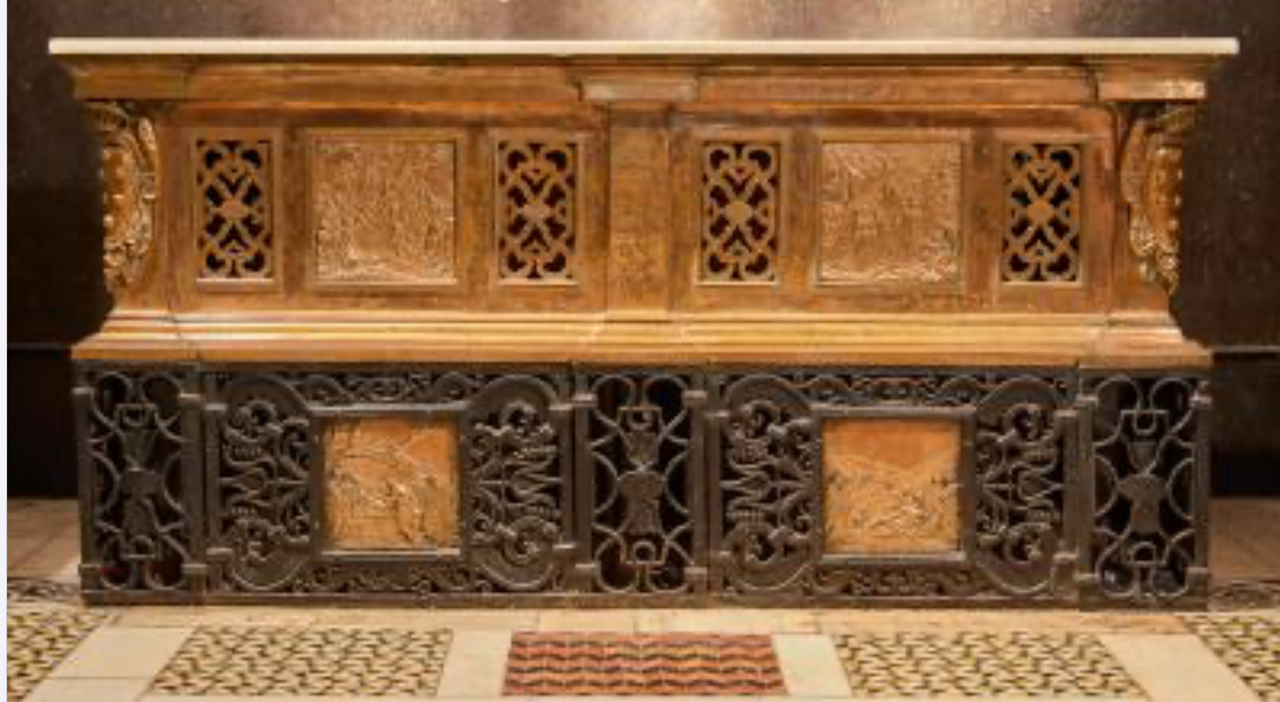Thursday 18 April 2024, 13:08
The altar of the crucifixion in the Church of the Holy Sepulchre in Jerusalem was dismantled at the beginning of the week because it needs restoration and will be taken to Florence where it will undergo a long conservation work. The altar is located in the Chapel of the Crucifixion on the rock of Golgotha where, according to tradition, the wooden cross on which Christ was crucified two thousand years ago was raised. During the time needed for refurbishment, it will be displayed in the Ruccellai Chapel and then returned to its destination for Good Friday 2025. Father Ibrahim Faltas: "I tell you about the sad Easter of the Christians in the Holy Land", fear and loneliness reign. The altar was donated to the Custody of the Holy Land by Ferdinando de Medici, Grand Duke of Tuscany in 1578. Originally it was intended for the anointing stone in the entrance area of the Church of the Holy Sepulchre, on which it is said that the body of Jesus was smeared with ointments after the crucifixion before being laid in the tomb. This stone has been raised by about 20 centimeters for the current restoration works of the Church of the Holy Sepulchre. In the chapel, Catholic priests celebrate mass every morning. The left side with the actual place of the crucifixion, however, is the responsibility of the Greek Orthodox, although the other churches use it for their ceremonies. The Medici altar was fixed in the Chapel on Calvary in the last century and has never been moved or restored since. It is composed of six particularly damaged formelle, informs the Custody of the Holy Land. The restorations of the Holy Sepulchre began in 2022 with the paving of the structure, compromised by centuries of wear. To formulate a protocol, the Christian communities that manage the most sacred place for believers around the world had to find an agreement. Not easy due to the cyclical disputes over the maintenance of the Status Quo. The operations are coordinated by the Common Bureau, an office of experts appointed by Catholics, Orthodox, Protestants, Copts, and Armenians.
© ALL RIGHTS RESERVED
This article is automatically translated
